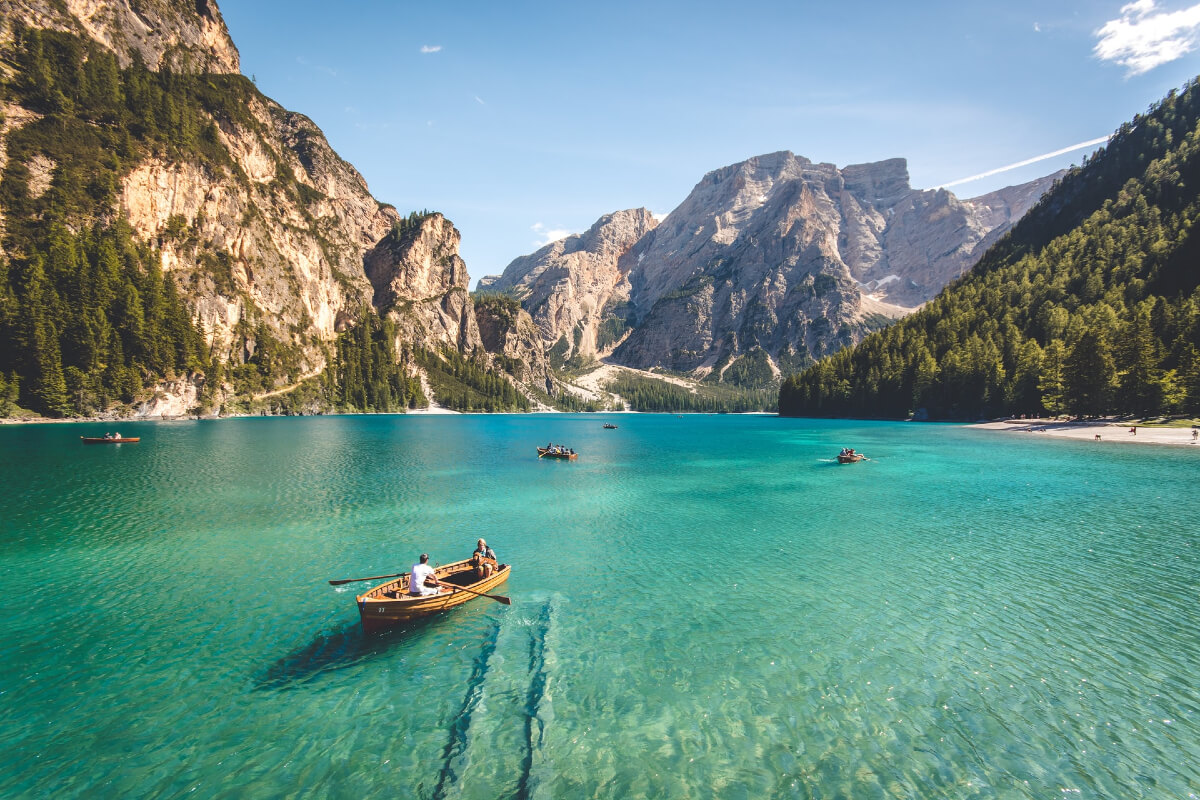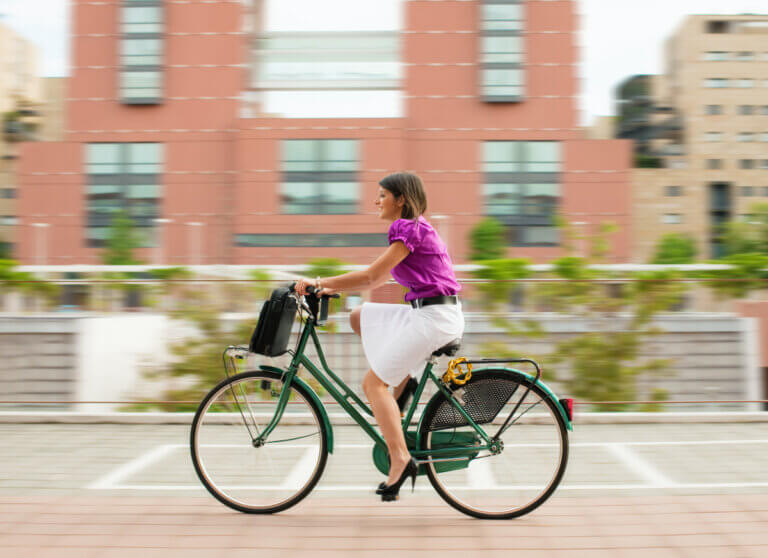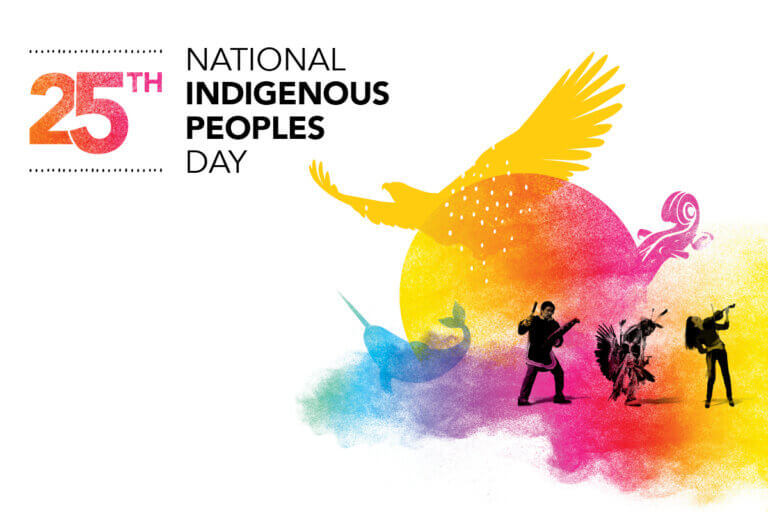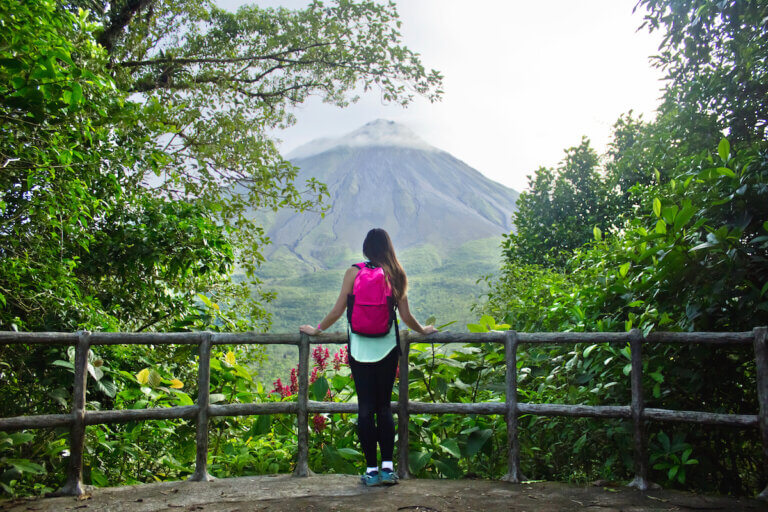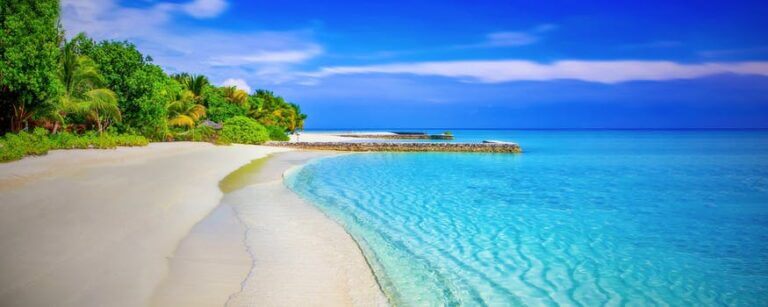Along with all the challenges, COVID-19 has also brought many opportunities to reconsider how we live our lives. What can we do better to help the environment and incorporate environmental sustainability into our everyday lives? When it comes to travel, which so many people have been looking forward to, how can we do things greener? We talked to a couple of people who care about the environment, and they shared their tips on how to travel green, which is one of the lifestyle changes you can make to fight climate change.
Be Thoughtful and Purposeful About Travel
Joe Pavelka is a professor of ecotourism at Mount Royal University in Calgary. He advocates for purposeful travel and says what counts is being thoughtful about why and how you are traveling.
Purposeful travel is all about what Pavelka describes as the four Ps: people, planet, place and pace.
“Pace is about connecting to place. Did you take the time to actually learn something about where you’re going?” he asks. For example, the last time Pavelka visited Tuscany, he reread Machiavelli. “I always go to a bookstore and I always try to get their top English-translated authors. You pick up a book and you read it, and you really try and understand.”
Pavelka and his colleagues worked with the Banff Centre to develop a purposeful travel philosophy to help guide travelers for an upcoming Purposeful Travel Summit.
“Purposeful travel is travel with a purpose or intention, guided by a post-pandemic sensibility about being more environmentally conscious, and respectful of local people,” says Pavelka, who holds a doctoral degree in human geography tourism. “It’s really about being intentional and conscious of the impact you have… and how you connect to a place.”
Purposeful travel includes six dimensions, focused on decreasing greenhouse gas emissions; respecting host communities and their priorities; traveling in support of personal and collective wellness; connecting to place as much as possible; understanding the importance of education and awareness in travel, and creating extraordinary experiences that “rejuvenate and create wonder.”
Engage in Slow Travel
Slow travel is an approach that emphasizes connection to the area you’re visiting and spending more time in a destination connecting with locals, culture and food as opposed to jumping around to different tourist attractions. It’s also a way of being present in the moment.
“Slow travel is the opposite of rapid itinerary travel,” Pavelka says. “The challenge and the opportunity is to think about where and how we want to travel. Now, we have this opportunity to reinvent travel. Let’s do it with intention and purpose.”
Ecotourism experts advocate for the minimal use of transportation, which is the biggest impactor in terms of greenhouse gas emissions. “When we engage in something such as slow travel, we reduce, quite substantially, the amount of in-country travel that we do,” Pavelka explains.
Related Articles
Try Self-Powered Travel
Dr. Joe Vipond is a Calgary-based emergency physician and the president of the Canadian Association of Physicians for the Environment. Vipond and his family go green whenever they can. They’ve installed solar panels on their house and garage, drive an electric vehicle, and take holidays where the focus is on self-powered travel, such as multi-day backpacking and kayaking trips.
When you visit a new place, see the sights through active transportation, which means walking, hiking, riding a bike, or anything else you can think of that involves your own human power and has less of an impact on the environment.
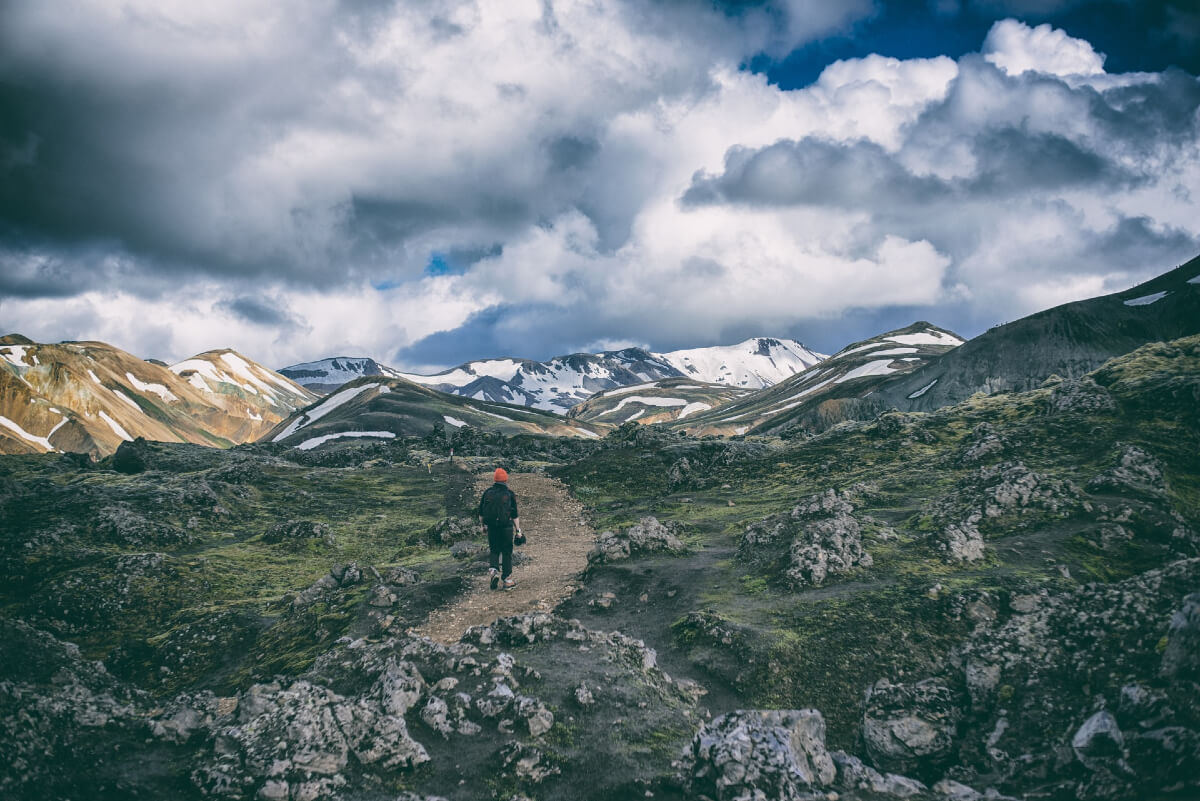
Purchase Carbon Offsets
While the Vipond family loves international travel too, they aren’t frequent flyers, and when they do fly, they purchase carbon offsets.
Carbon offsets intend to compensate for emissions made elsewhere. They can be purchased individually or by businesses.
“We know that flying is really carbon-intensive,” says Vipond. “Once we arrive in a place, we do our darndest to use as much public transportation as possible.”
Vipond adds that green travel is all about trying to find balance: “The world is an amazing place and getting to experience other cultures is one of the great pleasures of being human. We need to continue to be able to do that — although undoubtedly less frequently, with more local travel — and do all travel in as low impact a manner as possible.”
Learn more about sustainable travel from eco-friendly travel experts, and here are 5 sustainable travel destinations.
